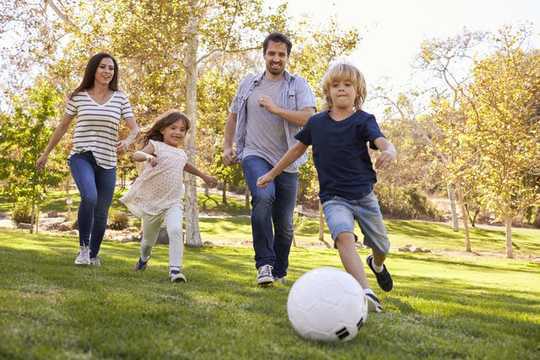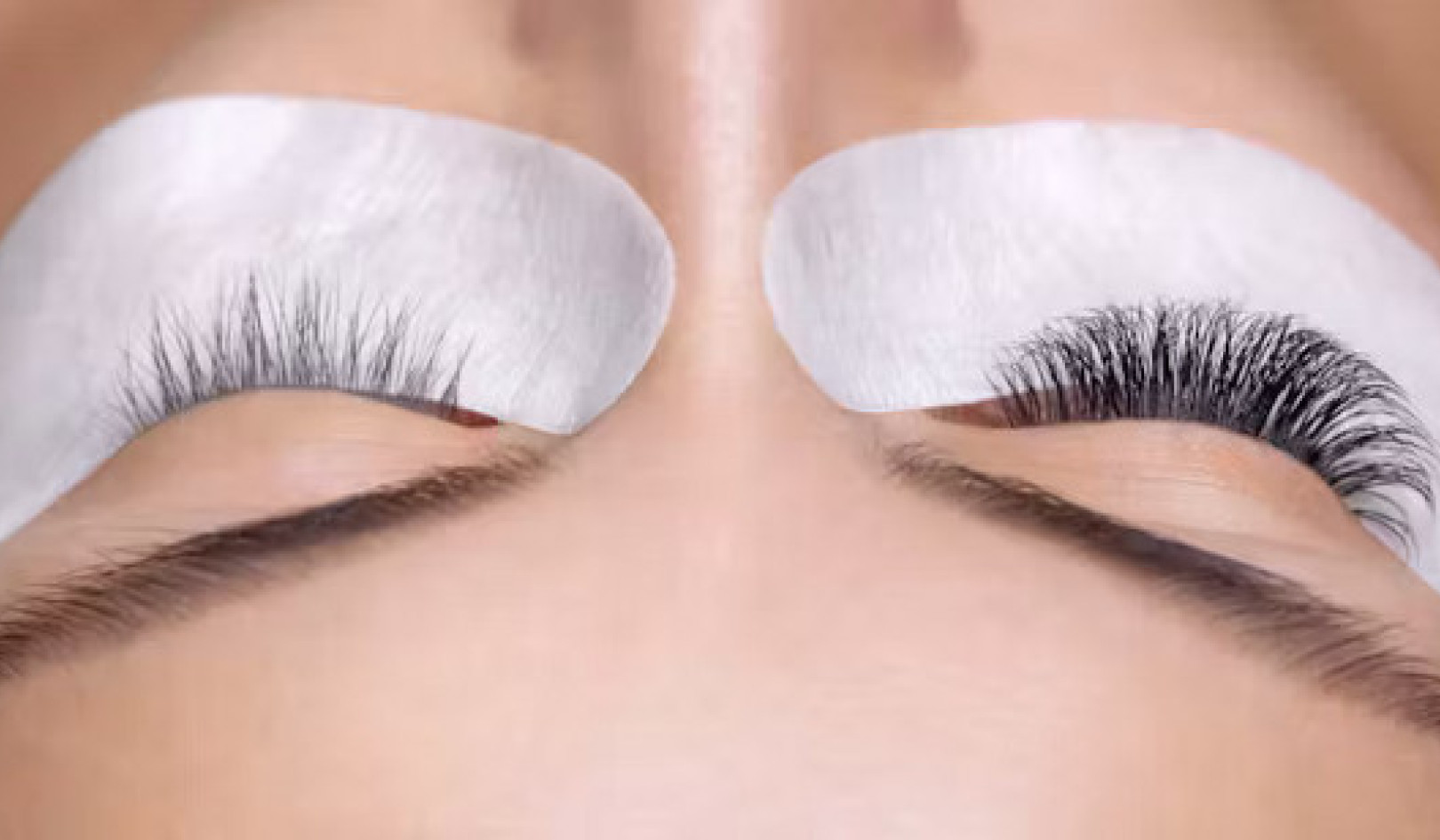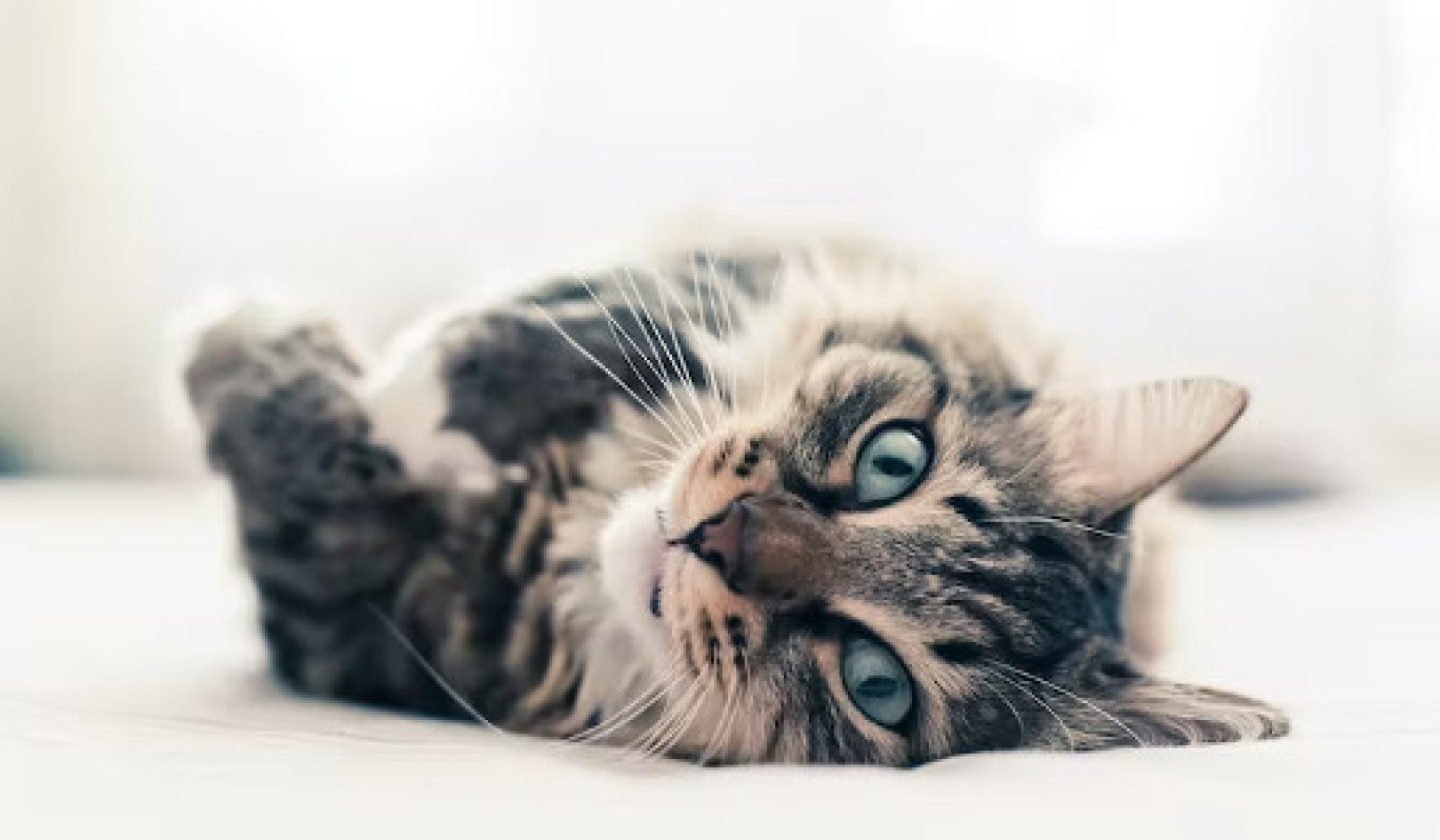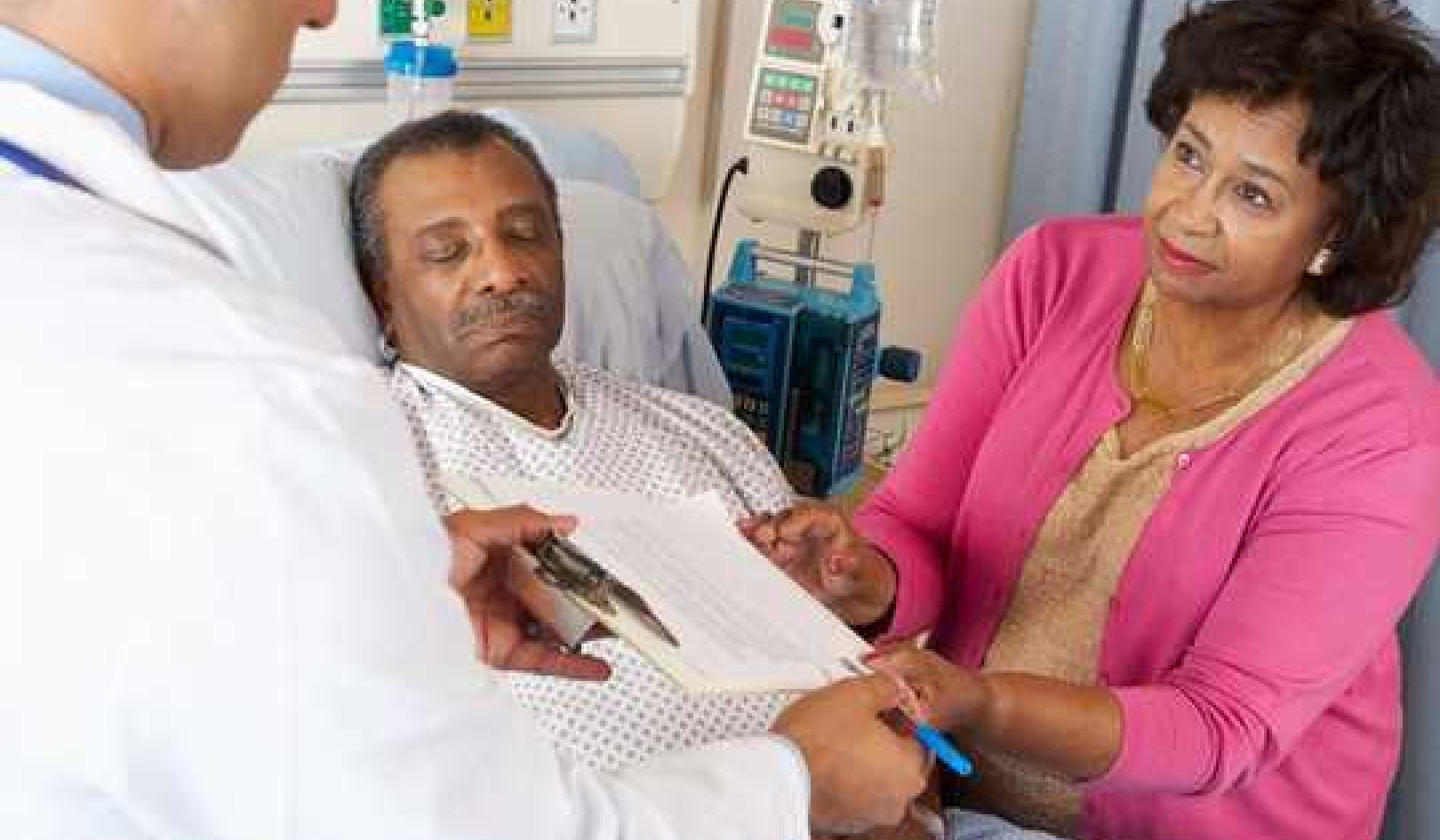 You don’t have to run a marathon to get into better shape. Make walking a part of your routine every day. Rawpixel/Shutterstock.com
You don’t have to run a marathon to get into better shape. Make walking a part of your routine every day. Rawpixel/Shutterstock.com
A new year typically brings new resolutions. While making resolutions is easy, sticking with them is not. Exercise-related resolutions consistently make the top 10 list, but up to 80% of resolutions to be healthier, including promises to exercise more, are tossed aside by February.
You know physical activity is good for you. But, that isn’t always enough to get or keep you moving. You’re not alone. Fewer than half of American adults are as active as they should be.
How active should you be? The Centers for Disease Control and Prevention recommend that adults get at least 150 minutes of moderate-intensity physical activity every week.
So, let’s think about physical activity in a different way. As a nurse who researches exercise, I can tell you that it is likely the closest thing to a fountain of youth or a magic pill that you will have in your lifetime.
 Exercise improves mood and sleep in addition to lowering your risk for many diseases. Jacob Lund/Shutterstock.com
Exercise improves mood and sleep in addition to lowering your risk for many diseases. Jacob Lund/Shutterstock.com
Benefits to all parts of your body
Research shows that every single system in the body benefits when you are more active. You sleep better. You have more energy. You find yourself in a better mood. You think more clearly and remember better. Your bones become stronger. Your body also responds better to insulin, which lowers your risk of diabetes. And you significantly reduce your risk for many cancers. All of that is in addition to the better known weight and heart benefits of physical activity.
Bottom line: If you want to live a long and healthy life, you need to be active.
But “that’s easier said than done,” you might be saying to yourself. In fact, increasing your physical activity is probably easier than you think. You don’t need to buy expensive equipment or join a gym. And you will begin to reap the rewards of physical activity almost as soon as you start. Adding small amounts of movement to your daily routine goes a long way.
Brisk walking, at a pace of at least a 20-minute mile, provides health benefits similar to running, and probably more social benefits. Plus, your risk of injury is much lower. And you can walk – for free with nothing more than comfortable shoes – from almost anywhere: your neighborhood, your office, or in lieu of waiting behind the wheel of your car in the pickup line at your kid’s school. A 22-minute walk every day, or two 11-minute ones, would put you just over 150 minutes every week.
It isn’t cheating to break your 150 minutes a week into small increments. In fact, even for people who are physically fit and exercise every day, breaking up periods of sitting is critically important. Even if you are getting enough exercise, sitting for the rest of the day can undo the health benefits of your workout. If you aren’t yet ready to aim for 2.5 hours of brisk walking each week, reducing the time you spend sitting would be a great starting goal.
Setting other goals
Many experts who work with clients or patients to set goals use the acronym SMART (specific, measurable, attainable, realistic and time-based) to guide goal-setting. This simple method could help you achieve a goal to sit less and move more in the new year:
-
Be specific. Rather than just “sit less, move more,” include when you will start and how will you do it. Specify what actions you will take to meet your goal. For example, make a list of how you can get more steps in each day by doing specific things, like taking the stairs instead of the elevator.
-
Make it measurable. Again, “less” and “more” are hard to measure. Instead, try “Walk for 5 minutes after every hour of sitting.” Without a way to measure your goal, it becomes hard to know when you have achieved it.
-
Make it attainable. If you currently don’t exercise at all, 150 minutes a week may not be realistic. How about three 20-minute walks per week? You can slowly increase after you achieve that first goal. And choose an activity you might enjoy. If you already know you hate running, a goal to do it every day would be less attainable.
-
Set realistic goals. Your new activity goal should work for you and fit within your lifestyle. It’s great to challenge yourself, but break up challenging goals into smaller, more realistic, goals to help keep on track.
-
Set a time by which you will meet your goal. For example, will you take a certain number of steps by noon each day? Or, will you build up to 150 minutes a week by mid-April? You’re more likely to achieve short-term goals that lead into a long-term one.
One of the best ways to keep up with your efforts is to track your progress. You can do it with pen and paper, in a journal, or in one of many smartphone apps. As you see yourself making progress, it can be easier to keep up the routine.
 Making exercise a family affair is a fun and easy way to get moving. Monkey Business Images/Shutterstock.com
Making exercise a family affair is a fun and easy way to get moving. Monkey Business Images/Shutterstock.com
Expand your view of exercise
Another thing to keep in mind is that you don’t have to go a gym to get moving. There are ways to make exercise part of your lifestyle, without too much inconvenience.
-
Get the family involved. Play tag, go on a scavenger hunt at a local park, or walk to your favorite hangout.
-
Park farther away from your workplace, the store, the library, etc.
-
Walk during your breaks at work and over your lunch period.
-
Instead of having coffee with friends, take a walk with them.
-
Whenever you are on the phone, stand up and walk around.
-
If you are at your kid’s or grandkid’s sporting event, walk the sidelines instead of sitting on the bleachers.
-
Try to find ways to make walking more meaningful. For example, try walking your own dog or a shelter dog. Dogs make great exercise companions that will never turn down an opportunity to walk.
As you undertake the big change from being inactive to becoming active, understand that setbacks happen. Don’t let one slip-up derail your whole goal. When possible, have a backup plan to deal with barriers like weather or time constraints. And celebrate the small victories you make toward reaching longer-term goals.
Looking for more tips on how to get started? Check out this guide.
About the Author
Libby Richards, Associate Professor of Nursing, Purdue University
This article is republished from The Conversation under a Creative Commons license. Read the original article.
Books on Exercise from Amazon's Best Sellers list
The Four-Pack Revolution: How You Can Aim Lower, Cheat on Your Diet, and Still Lose Weight and Keep It Off
by Chael Sonnen and Ryan Parsons
The Four-Pack Revolution presents a total-life approach for attaining health and fitness goals without the hard work and suffering.
Click for more info or to order
Bigger Leaner Stronger: The Simple Science of Building the Ultimate Male Body
by Michael Matthews
If you want to build muscle, lose fat, and look great as quickly as possible without steroids, good genetics, or wasting ridiculous amounts of time in the gym and money on supplements, then you want to read this book.
Click for more info or to order
The Women's Health Big Book of Exercises: Four Weeks to a Leaner, Sexier, Healthier You!
by Adam Campbell
The Women's Health Big Book of Exercises is the essential workout guide for anyone who wants a better body. As the most comprehensive collection of exercises ever created, this book is a body-shaping power tool for both beginners and longtime fitness buffs alike.
Click for more info or to order
Bodyweight Strength Training Anatomy
by Bret Contreras
In Bodyweight Strength Training Anatomy, author and renowned trainer Bret Contreras has created the authoritative resource for increasing total-body strength without the need for free weights, fitness machines, or even a gym.
Click for more info or to order
The Men's Health Big Book of Exercises: Four Weeks to a Leaner, Stronger, More Muscular You!
by Adam Campbell
The Men's Health Big Book of Exercises is the essential workout guide for anyone who wants a better body. As the most comprehensive collection of exercises ever created, this book is a body-shaping power tool for both beginners and longtime fitness buffs alike.

























